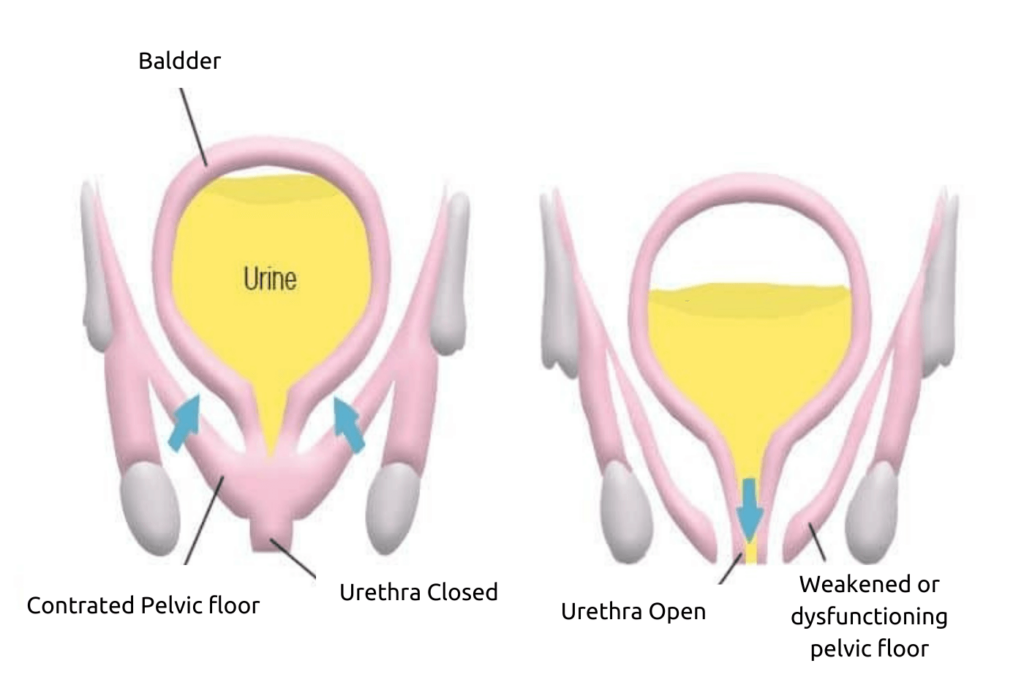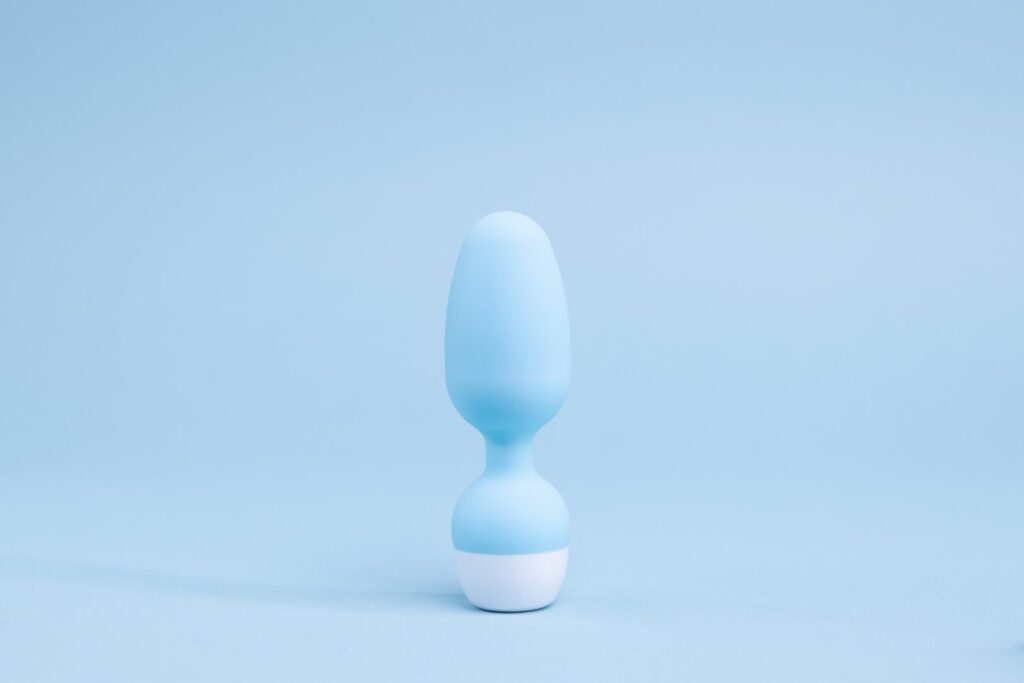
What to do about menopause symptoms?
Far from being as anecdotal as one might think, menopause is a life stage that marks the beginning of a new chapter in a woman’s journey. Often, the onset of menopause is also synonymous with new symptoms: hot flashes, urinary leaks… Let’s take a closer look at the causes of menopausal symptoms.
What are the symptoms of menopause?
Absence of periods for a year
The upheavals of menopause are first and foremost physiological. To determine that a woman has reached menopause, the diagnosis is based on a full year of amenorrhea. This absence of periods for 12 consecutive months establishes the definitive cessation of menstruation. Thus ends the time of perimenopause, the phase that precedes entry into menopause and during which the first physical changes began to occur.
Hormonal imbalance
From the mid-40s, the balance of female hormones – estrogens and progesterone – begins to be disrupted, leading to symptoms such as:
- menstrual cycle disorders ;
- chest pain ;
- lower abdominal pain ;
- bloating ;
- fatigue ;
- bleeding.
This period generally marks the beginning of perimenopause.
Relaxed Pelvic floor
The hormonal imbalance also induces tissue relaxation at menopause, particularly of the pelvic floor muscles that support the genital organs. When the pelvic floor is no longer toned enough, symptoms such as urinary leaks may appear.

How to prevent the onset of urinary leaks?
Pelvic floor training is the first-line treatment prescribed for urinary leaks. It helps to strengthen the pelvic floor.
Toning the pelvic floor to avoid urinary problems during menopause
In addition to these sessions, health professionals will also recommend that you do regular pelvic floor exercises at home to reduce your symptoms and improve your quality of life as a menopausal woman.
There are a number of rehabilitation devices available to help you stay motivated. Kegel trainers , such as the Emy, are the most widely used and recommended devices for effective pelvic floor training.

In addition to strengthening the pelvic floor, these exercises not only help combat bladder weakness, but also maintain good sexual health, prevent prolapse and preserve overall muscle tone, which is particularly important during this period of hormonal transition.
And last but not least, to maintain a competent, healthy pelvic floor over the long term, it’s important to adopt good habits now to protect it. After all, many daily gestures put strain on and damage the pelvic floor.
Slower Metabolism
With the decrease in hormones, the basal metabolism tends to slow down, which can contribute to weight gain more easily during menopause. During this period, there is also often a change in fat distribution, with a tendency to accumulate more fat around the abdomen rather than around the hips and thighs.
From perimenopause onwards, other metabolic changes are also observed, such as a decrease in muscle mass or an increase in levels of “bad” cholesterol (LDL).
Hot flashes
Perhaps one of the most well-known symptoms of menopause.
When do hot flashes first appear?
Menopause begins at the end of perimenopause. It marks a major milestone in our lives, typically occurring around the age of 51. Menopause is not just about the characteristic hot flashes.
While they may seem amusing to the young who are far from these concerns, hot flashes are uncomfortable and can last from a few seconds to several minutes when they occur.
Natural solutions for hot flashes
Although women do not all experience this phenomenon in the same way, there are numerous solutions available, from herbal medicine (Black Cohosh) to phytoestrogens (soy, flax, hops), essential oils (clary sage), acupuncture, homeopathy (Lachesis 9CH), and of course, hormone therapy. However, the key is to remember to take care of yourself daily by adopting a healthy lifestyle!
How to alleviate menopause symptoms?
In addition to relieving hormonal discomfort, which can also lead to urinary leaks due to less toned perineal muscles, it is important to adopt good daily habits.
Without embracing the strictness of a life devoid of excess, rely on your common sense and the two pillars of a healthy menopause: exercise adapted to your physical condition and a balanced diet.
Living well through menopause with a balanced diet
To pamper your metabolism, a diet rich in calcium, vitamin D, as well as plant and animal proteins is essential.
Proteins
Your nutritional allies in menopause! Preferably from fish – ideally small fish to reduce heavy metal intake and rich in omega-3 fatty acids – these proteins benefit both muscles and bones.
Calcium
When it comes to calcium, dairy products are often the focus, but do not overlook nuts, grains, and water, which are also good sources of calcium.
Vitamin D
Vitamin D is mainly provided by the sun, however, beware of the dangers of excessive sun exposure for the skin. Nutrition accounts for only 10% of the necessary vitamin D intake at menopause. The trick is to supplement with capsules, ampoules, or drops. Finally, some oils and legumes are also good options to complete your meals.
Engaging in Physical Activity to Stay Fit During Menopause
When it comes to sports during menopause, don’t set the bar too high. There’s no need to drain your energy by pushing yourself too hard with poorly dosed intensity activities.

Sports to Practice During Menopause
On the other hand, don’t hesitate to go for a swim that suits you. Aquagym is highly recommended by a majority of menopausal swimmers, as it allows movement while protecting against gravity that increases the sensation of effort.
Nordic walking and walking with a small weight on your back are also recommended because they provide small impacts on the joints and are therefore beneficial for the bone system. This action helps fix calcium in the bones, which we obtain from our diet and gives it its full meaning. It shows that nutrition and physical activity are a well-oiled machine.
How to Stay Fit During Menopause?
The biggest concern for menopausal women could be likened to a three-headed monster: one head for osteoporosis, the second for weakening of the cardiovascular system, and the third for intimate issues causing mucosal dryness and leaks.
Have no fear, by combining the benefits of physical activity with a plate of foods that are beneficial to you, you will limit menopausal symptoms and have what it takes to send Cerberus packing!
Menopause: the Perfect Time to Reconnect with Yourself
Often reduced to its disadvantages and symptoms, menopause can, on the contrary, be an opportunity to have a freer mind and be in harmony with yourself. In short: to rediscover the realm of possibilities.
Whether you have followed the “classic” pattern of the triple life of mother, wife, and working woman, or not, a woman’s life is not easy. When you blow out your 51st candle and Mother Nature’s gift to you is menopause, it is important not to see it as a poisoned gift.
Refocusing on oneself and one’s own needs
Menopause is an opportunity to refocus on oneself, after dedicating a significant amount of time to loved ones and possibly to one’s career. With retirement approaching and children now grown up, one can afford the leisure to breathe and consider what they currently enjoy.
Take the test, you might be surprised! After years of sometimes putting your aspirations on hold, it is high time to put the desires of your inner self in the spotlight.
Finding a new occupation for oneself
Any project, even if it seems small to you, is interesting. There are countless practical, cultural, or social support associations. Whether you live in the city or in the countryside, inquire about the structures that are certainly around you. Plus, you will gain the human connection along the way. So, get going!

Free Pelvic floor guide
Find out how to strengthen your pelvic floor to prevent bladder weakness and improve intimate pleasure! 💥


